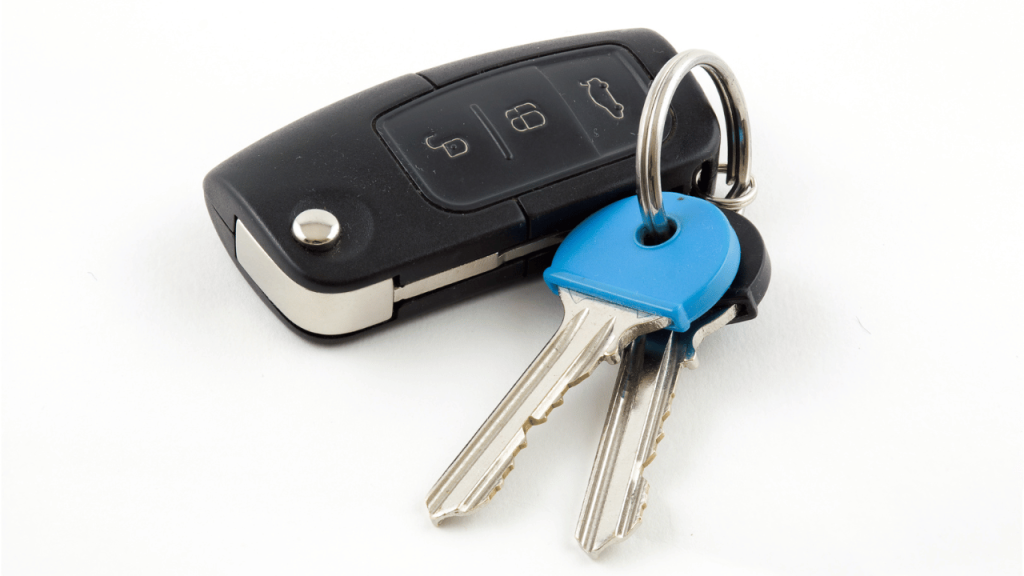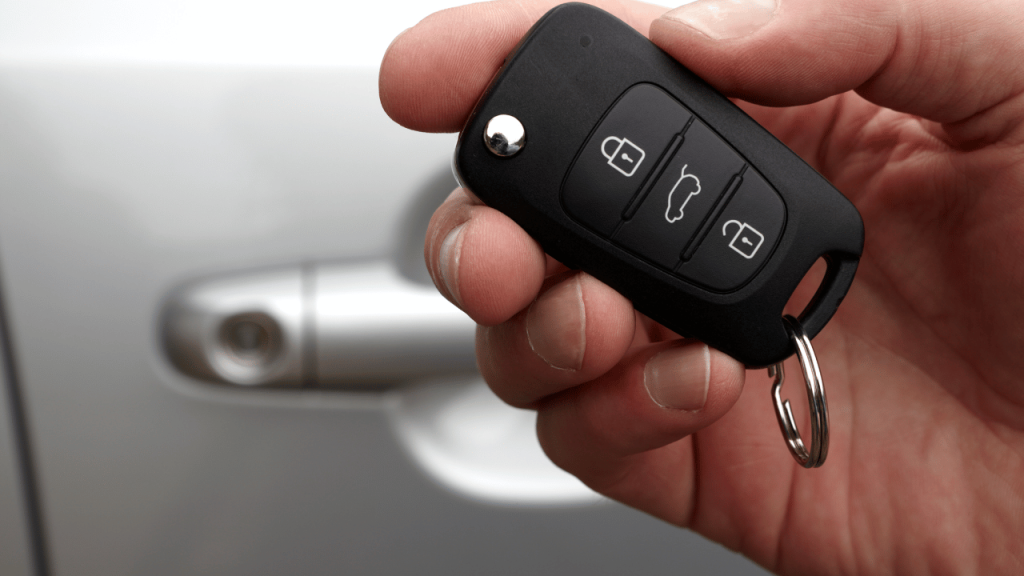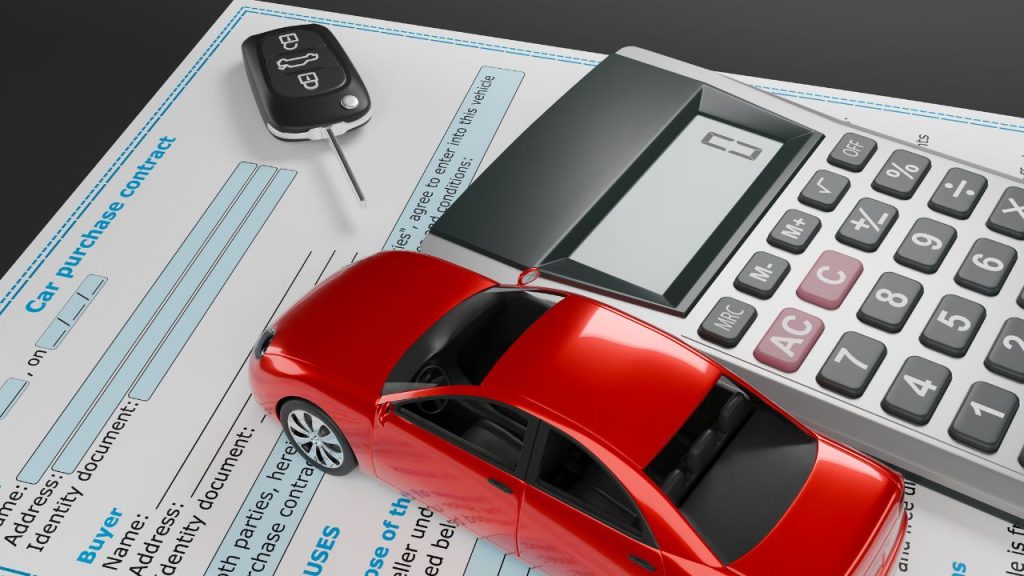A car immobiliser is a crucial security feature that helps prevent vehicle theft. It is an electronic device fitted to a car’s engine control system to prevent the engine from starting unless the correct key or fob is used.
Immobilisers have been mandatory in many countries since the late 1990s and have significantly reduced car theft rates. In this guide, we will explore how car immobilisers work, their benefits, common issues, how to fix them, and frequently asked questions about this essential security system.
How Does a Car Immobiliser Work?
A car immobiliser uses an electronic chip embedded in the car key or fob. When you insert the key or press the start button, the system verifies the chip’s code before allowing the engine to start. If the correct code is not detected, the immobiliser blocks the fuel supply or ignition system, making it impossible for the car to start.
Immediate Effects of Petrol Contamination
- Transponder Chip: Located in the key, it sends a unique code to the immobiliser system.
- ECU (Engine Control Unit): Receives and verifies the code before allowing the engine to start.
- Antenna Ring: Surrounds the ignition barrel and reads the key’s transponder chip.
- Immobiliser Control Module: Controls the security system and communicates with the ECU.

Types of Car Immobilisers
Factory-Fitted Immobilisers
Factory-fitted immobilisers come pre-installed by manufacturers and are integrated into the car’s security system. They work seamlessly with the vehicle’s electronic control unit (ECU) and provide high protection.
These immobilisers use encrypted codes that are difficult to duplicate, reducing the risk of car theft. Many modern vehicles also incorporate rolling codes, meaning the immobiliser’s code changes each time the key is used, making it even more secure.
Aftermarket Immobilisers
Aftermarket immobilisers are additional security systems installed after a car has been purchased. Owners of older cars often use these systems that did not come with factory-fitted immobilisers.
Some high-end aftermarket immobilisers offer remote disabling features, GPS tracking, and smartphone integration, providing an extra layer of protection beyond basic immobilisation.
Coded Key Immobilisers
Coded key immobilisers work by embedding a transponder chip inside the car key. When the key is inserted into the ignition or brought near a keyless start system, the immobiliser reads the unique code stored in the chip.
If the correct code is not detected, the car will not start. This type of immobiliser is one of the most common security features in modern vehicles and is difficult to bypass.
Keyless Immobilisers
Keyless immobilisers use a wireless fob instead of a traditional key. These systems rely on encrypted radio frequency communication between the fob and the vehicle’s immobiliser system. When the driver is within proximity, the car recognises the fob’s signal and allows the engine to start.
If an unauthorised attempt to start the vehicle is made without the correct fob, the immobiliser will prevent the engine from running. Some advanced keyless immobilisers also use two-factor authentication, requiring a PIN code input before the car can start.
Benefits of a Car Immobiliser
Theft Prevention: Immobilisers make it extremely difficult for thieves to hotwire a car, reducing the chances of theft.
Lower Insurance Costs: Many insurance companies offer discounts for vehicles equipped with an immobiliser, making car ownership more affordable.
Improved Vehicle Security: A factory-fitted immobiliser adds an extra layer of protection to your vehicle, ensuring peace of mind.
Convenience: Modern immobilisers work seamlessly with keyless entry systems, making starting your car more effortless.
Common Issues With Car Immobilisers
- Faulty Transponder Key: If the key’s transponder chip is damaged or its battery is low, the immobiliser may not recognise it, preventing the car from starting.
- Wiring or Electrical Faults: Corrosion, damaged wires, or software malfunctions in the immobiliser system can cause issues.
- ECU Malfunction: A faulty Engine Control Unit can disrupt communication with the immobiliser, leading to starting problems.
- Key Fob Desynchronisation: In some cases, key fobs can become desynchronised from the car’s immobiliser, requiring reprogramming.
How to Fix Immobiliser Problems
Check the Key and Battery
If your car’s immobiliser is not responding, the first thing to check is your key and its battery. Over time, key fob batteries lose their charge, preventing the transponder chip from communicating with the car’s immobiliser system. Try the following steps:
- Replace the key fob battery – Most key fobs have a replaceable button cell battery that you can change easily.
- Use a spare key – If you have a second key, try using it to see if the issue is with your primary key.
- Check for visible damage – If the key fob has been dropped or exposed to water, the transponder chip inside may be damaged, requiring a replacement key.

Reset the Immobiliser System
Some vehicles allow you to reset the immobiliser system, which may help clear minor glitches preventing the car from starting. The method for resetting varies by manufacturer, but common techniques include:
- Turn the ignition to “on” and leave it for a few minutes – Some systems will re-sync automatically after a short period.
- Lock and unlock the car manually – In certain models, locking and unlocking the car with the key (rather than the remote fob) can reset the immobiliser.
- Press and hold the key fob button while turning the key – This method can force the key and immobiliser to resync.
- Refer to your owner’s manual – The manufacturer may have a specific reset procedure for your model.
Check for Error Codes
Modern vehicles store fault codes that can help diagnose immobiliser-related issues. You can retrieve these codes by:
- Using an OBD2 scanner – Plugging in an OBD2 scanner can reveal immobiliser faults stored in the ECU.
- Checking dashboard warning lights – Some cars will display an immobiliser warning light if there is an issue with the system.
- Consulting a mechanic for a diagnostic check – If you don’t have an OBD2 scanner, a mechanic can run a full system check to identify the problem.
Consult a Mechanic
If none of the above steps resolve the issue, professional assistance may be required. A mechanic or auto electrician can:
- Reprogram the key fob – If the immobiliser no longer recognises your key, it may need reprogrammed.
- Replace damaged immobiliser components – Worn-out transponder chips, ECU malfunctions, or wiring issues may require professional repair or replacement.
- Bypass the immobiliser in emergencies – Some mechanics can temporarily override the system, allowing you to start the car and drive it to a repair shop.
Preventative action is always cheaper than Addressing immobiliser issues quickly, which can prevent prolonged downtime and costly repairs, so diagnosing and fixing the problem as soon as possible is recommended.!

How to Maintain Your Car’s Immobiliser
Regularly Inspect Your Key Fob
Your key fob is the lifeline of your immobiliser. A weak battery or damaged transponder chip can leave you stranded in the Aldi car park.
Check the battery every 6 months: Most fobs use a CR2032 battery (€5 at Halfords). Replace it if the key’s range drops or the LED light dims.
Test the spare key yearly: Swap keys occasionally to ensure both works.
Avoid Water Damage (Especially in Irish Rain)
Immobilisers hate moisture. A soaked key fob can fry its circuits or corrupt the transponder signal.
Irish hack: Tuck a silica gel sachet (stolen from a new shoebox) into your key tray to combat humidity.
Use a waterproof key pouch: Silicone sleeves (€10 on Amazon) protect against downpours.
Dry spills fast: If your fob gets wet, remove the battery, pat it dry, and leave it in uncooked rice overnight.
Keep Your Spare Key Secure (But Ready)
A spare key is pointless if locked in a drawer during a crisis.
Store it smartly: Use a home safe or magnetic key box (not your glovebox—thieves check there).
Avoid “dumb” copies: Basic cut keys won’t bypass the immobiliser. Ensure your spare has a transponder chip (€150+ at dealers like Kearys Cork).
Get Periodic Diagnostics
Immobilisers rarely fail without warning. Catch issues early:
Add a security check to your NCT prep: Ask mechanics to scan for ECU errors (€40–€80 at AA Ireland).
Test after jump-starts: Flat batteries can scramble immobiliser signals.
FAQs About Car Immobilisers
No, immobilisers are an essential security feature and disabling them may lead to legal and insurance issues.
Your car may not start, and you may need to reset the system or consult a professional to fix the issue.
While highly unlikely, professional criminals with advanced hacking tools may attempt to bypass an immobiliser. However, it remains one of the best theft deterrents available.
Most modern cars (post-1998) have factory-fitted immobilisers. You can check your owner’s manual or contact your dealership for confirmation.
No, a car alarm detects unauthorised entry and triggers an audible alert, whereas an immobiliser prevents the engine from starting without the correct key.
Some automotive locksmiths are equipped to diagnose and repair immobiliser-related issues, including reprogramming keys.

Ciaran is an automotive enthusiast with a Bachelor of Arts Honours degree in Creative Digital Media from MTU in Ireland and over three years of experience in digital marketing. His unique background combines a love for storytelling with a strong grasp of engaging content creation, making complex car topics relatable and easy to understand. Through years of managing this blog, Ciaran has expanded his automotive knowledge while helping everyday drivers gain new insights.
Passionate about demystifying the driving world, Ciaran focuses on simplifying car trends, tech updates, and practical driving tips. He believes that everyone should feel confident and informed behind the wheel, offering content that empowers readers to make smart, well-informed decisions.




